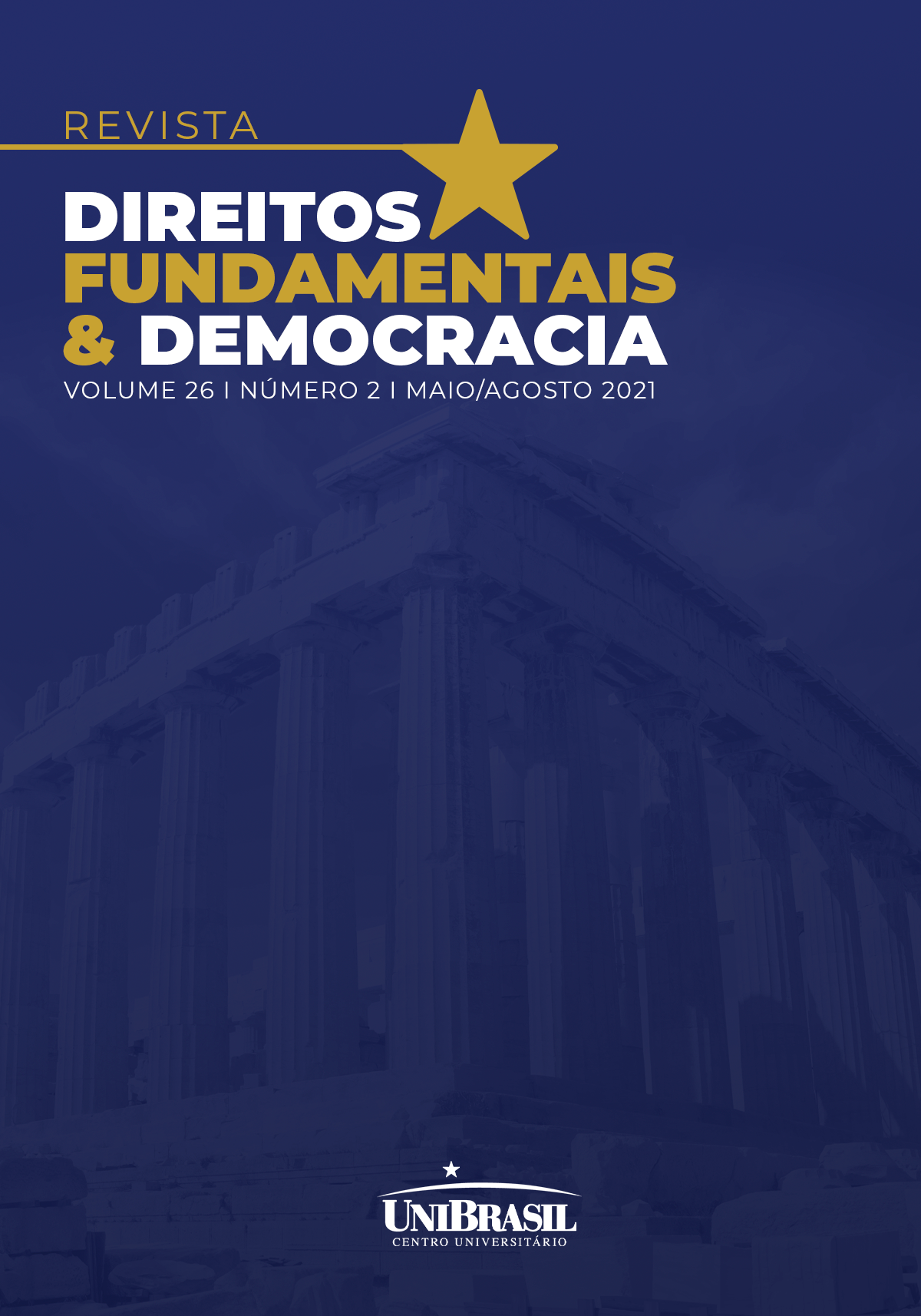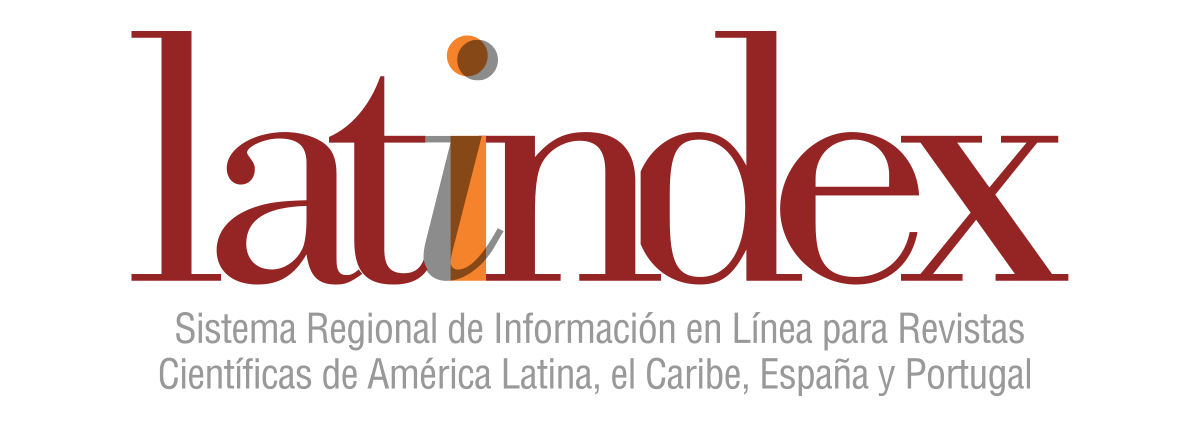EMPLOYEE´S PERSONALITY RIGHTS AS LIMITS TO THE EMPLOYER'S POWER TO DEFINE AND ENFORCE THE USE OF UNIFORMS, IDENTIFICATION ITEMS AND COMPANY LOGOS
DOI:
https://doi.org/10.25192/issn.1982-0496.rdfd.v26i21870Abstract
The research analyzes the exercise of the employment power provided for in art. 456-A of CLT, with the wording of Law 13.467 / 2017, which authorizes the employer to impose on employees the use of the uniform pattern that contains other businesses logos. The questions that arise are: What are the implications of this new employment power? What are the normative limitations to its exercise? To answer those questions, the text is divided into four parts. The first is dedicated to analyzing the powers of the employer. In sequence, it analyzes the art. 456-A, of CLT, in its extension and content. The third section analyzes the issue of personality rights, within the constitutional and infra-constitutional legal framework, and its application to the employment relationship. In turn, the fourth and last section, studies the application of personality rights as boundary/limits for the exercise of employer power contained in art. 456-A, of the CLT. The research hypothesis is that this new employment power is subject to limits and parameters defined by the employee's personality rights regime. By method, the deductive was adopted, organized by the monographic methodological bias, with the application of the bibliographic and documentary research technique.
Downloads
Downloads
Published
How to Cite
Issue
Section
License
Copyright (c) 2021 Rodrigo Goldschmidt, Rodrigo Espiúca dos Anjos Siqueira

This work is licensed under a Creative Commons Attribution-NonCommercial-ShareAlike 4.0 International License.
Copyrights for any articles published in the journal are given to the author and RDFD with first publication rights granted to the Journal. By virtue of their appearance in this open access journal, articles are free to use, with proper attribution, for educational and other non-commercial purposes in accordance with the creative commons.




